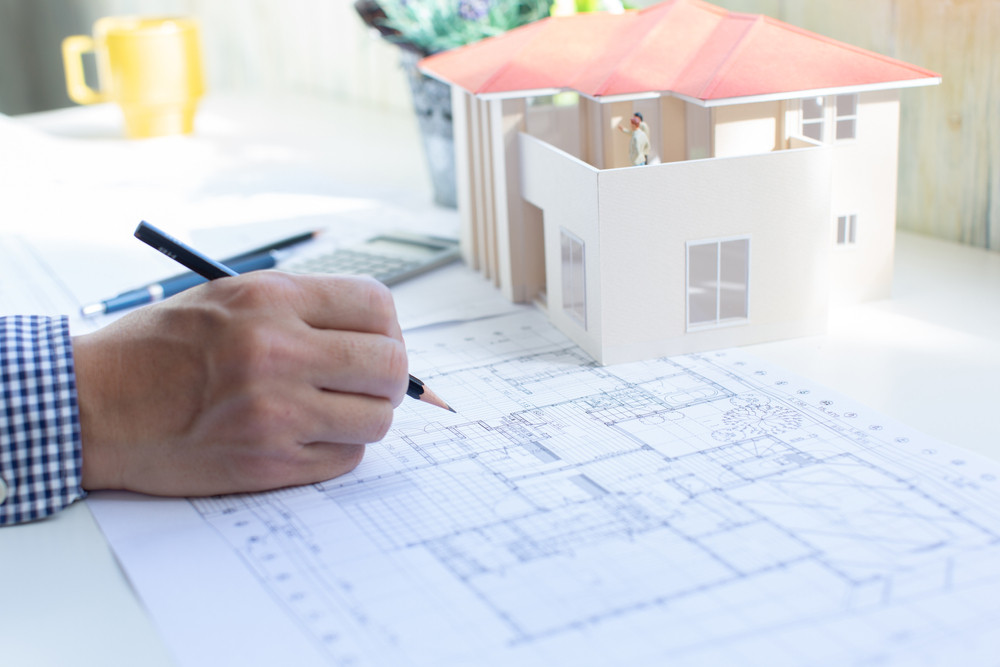The Creative Process Behind Successful Projects from CDA Architects
The Creative Process Behind Successful Projects from CDA Architects
Blog Article
A Comprehensive Introduction of Architectural Designs and Their Impact on Modern City Preparation and Growth
Architectural designs have actually long served as a mirror to the social worths and technological developments of their time, playing an essential duty in forming modern-day city preparation and development. From the grandeur of Neoclassicism to the practical method of Brutalism, each design has actually presented unique principles that influence urban aesthetics and functionality.
Historic Overview of Architectural Styles

As cultures transitioned with the Middle Ages, Gothic architecture arised, defined by its verticality and elaborate outlining, mirroring the spiritual aspirations of the period. The Renaissance noted a resurgence of classical perfects, combining art and style in ingenious methods that influenced subsequent styles throughout Europe.

Today, building designs remain to progress, driven by globalization and sustainability concerns, showing a vibrant interplay between heritage and technology. This historical overview underscores the value of design as a mirror of social advancement and as a catalyst for urban development.
Secret Architectural Styles Explained
The variety of building styles reflects the myriad influences that form our constructed environment, each embodying unique attributes and social significances. Key building styles include Classical, Gothic, Baroque, Modernism, and Postmodernism, each representing special historic contexts and visual philosophies.
Classic design, rooted in old Greece and Rome, stresses proportion, percentage, and the usage of columns (cda architects). In comparison, Gothic style, flourishing in the center Ages, is characterized by pointed arches, ribbed vaults, and flying buttresses, creating an angelic high quality in sanctuaries. Baroque design, emerging in the 17th century, is marked by grandeur, elaborate ornamentation, and a dynamic interaction of light and darkness
Modernism, which got energy in the early 20th century, focuses on feature over kind, making use of brand-new materials like steel and glass to develop minimal frameworks. Postmodernism, reacting against the austerity of Innovation, welcomes eclecticism and historical recommendation, typically integrating playful elements and paradox.

Influence On Urban Preparation
In forming the development of cities, architectural styles dramatically affect metropolitan planning decisions. The option of building style usually dictates the visual appeals, capability, and general personality of city settings.
Furthermore, building designs can impact zoning laws and land use policies. Urban planners should think about the prevailing architectural trends when developing areas, ensuring that brand-new growths integrate with existing frameworks. This factor to consider cultivates natural metropolitan landscapes and boosts area identification.
The application of particular architectural styles can additionally affect socioeconomic elements within a city. High-end contemporary designs might bring in wealthy residents and organizations, leading to gentrification, while a lot more cost effective housing solutions could prioritize sensible and lasting designs to suit diverse populaces. cda architects. Eventually, the interplay between architectural designs and urban preparation creates vibrant cities that reflect both historic context and modern demands, forming the lived experiences of their occupants
Sustainability and Modern Architecture
Building styles play an essential role in resolving contemporary challenges, specifically in the world of sustainability. As city areas expand and ecological worries heighten, modern style progressively welcomes sustainable layout concepts that focus on energy performance, source preservation, and marginal environmental influence.
Contemporary architectural motions, such as biophilic style and eco-friendly architecture, supporter for structures that harmonize with their environments, making use of natural materials and advertising biodiversity. These styles often integrate renewable resource sources, such as solar panels and wind generators, to lower reliance on nonrenewable fuel sources and reduced carbon footprints.
Additionally, the assimilation of advanced innovations, such as wise building systems, boosts power management, optimizing resource usage while making sure owner convenience. Ingenious water monitoring strategies, including rainwater harvesting and greywater recycling, further contribute to sustainable urban atmospheres.
Significantly, sustainability extends beyond environmental issues; it includes social and financial measurements. By cultivating area health and advertising inclusivity, modern-day building styles align with lasting growth goals. The advancement of architectural methods continues to form durable cities that not only fulfill the requirements of the present but likewise safeguard the future for generations to come.
Neighborhood Involvement in Style
Community interaction in design offers as a critical bridge between designers and the populations they offer, ensuring that the developed atmosphere reflects the needs and ambitions of its users. This joint procedure invites area members to add their insights and choices, promoting a sense of possession and duty towards the rooms they live in.
Reliable community involvement employs various techniques, such as workshops, surveys, and public discussion forums, to gather diverse perspectives. These approaches assist in a two-way discussion, permitting architects to understand local contexts while equipping homeowners to articulate their problems and wishes. This inclusivity not only enhances the style high quality yet additionally advertises social equity by resolving the unique obstacles faced by marginalized groups.
In addition, neighborhood involvement can cause cutting-edge solutions that may not arise in a typical style process. By integrating neighborhood knowledge and social worths, engineers can develop areas that resonate more deeply read review with individuals, boosting use and sustainability. Eventually, focusing on community engagement in style procedures causes settings that support social communications, support well-being, and enhance area connections, consequently playing a pivotal duty in shaping modern city pop over to these guys landscapes.
Conclusion
Building designs have actually greatly affected modern city planning and growth, showing evolving cultural and technical contexts. The combination of historic looks with modern needs promotes urban settings that focus on sustainability and area engagement. As cities remain to grow and adjust, the ongoing discussion between building heritage and contemporary style principles will certainly continue to be crucial in developing comprehensive, vivid areas that enhance lifestyle and promote social equity. The future of city growth hinges on this harmonious Clicking Here balance.
Report this page